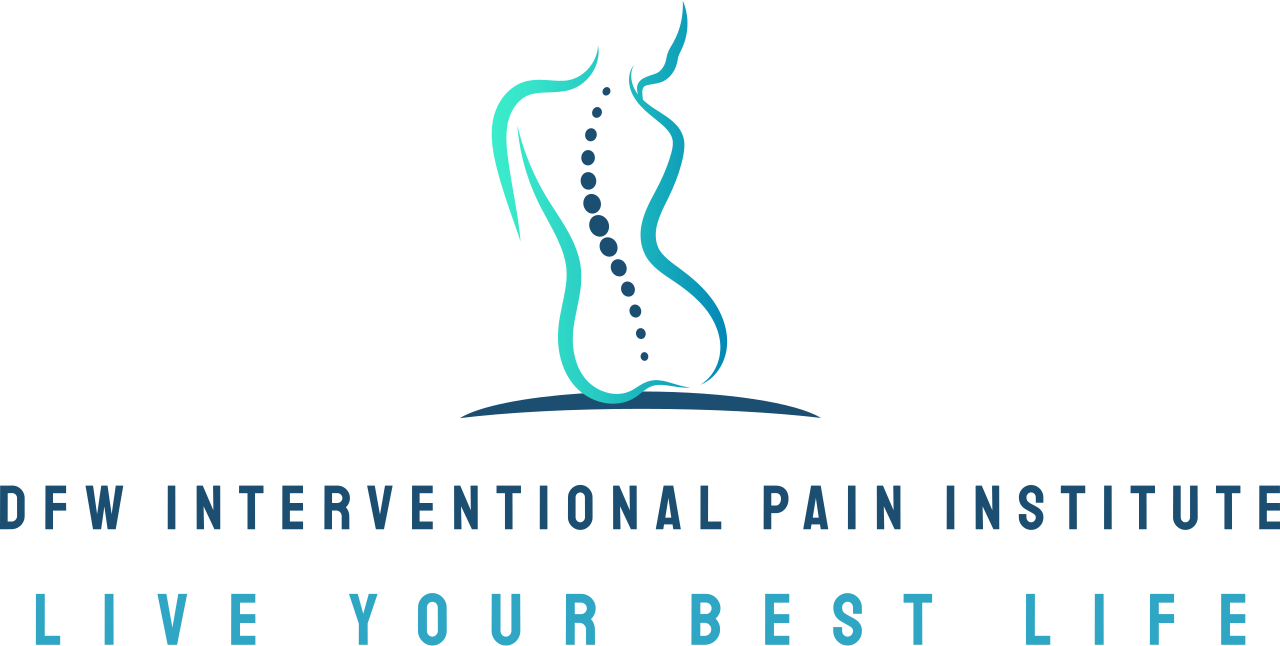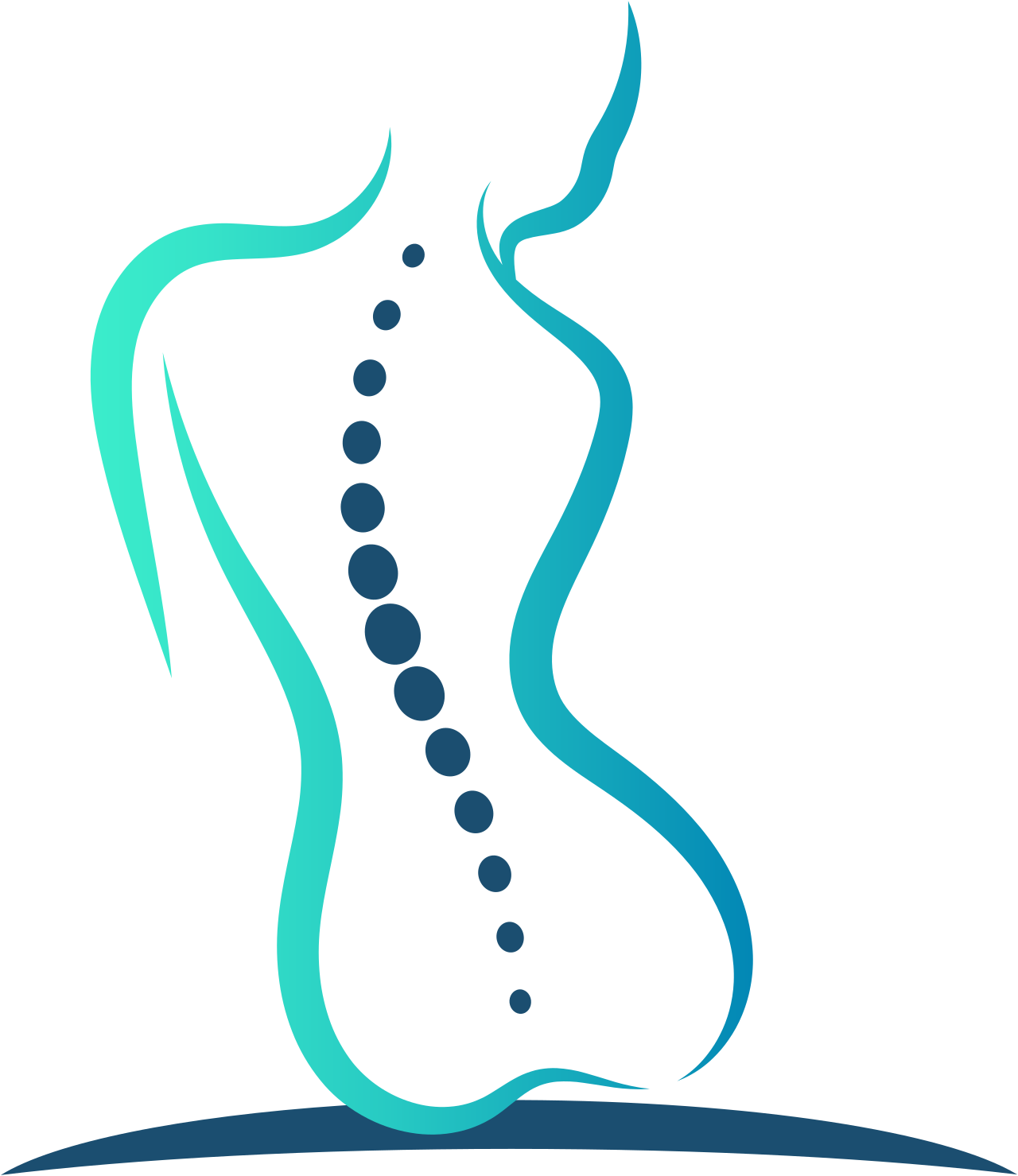Everything you need to know about sciatica
Sciatica, a term often heard but perhaps not fully understood, is more than just a simple backache. It's a condition that originates in the lower back or buttock, with symptoms radiating down the leg due to irritation of the sciatic nerve, which is the longest nerve in our body. In this blog post, we'll delve into the details of sciatica, its causes, symptoms and how to manage and treat this painful condition.
What is sciatica and what causes it?
Sciatica, as previously stated, is a condition caused by irritation or compression of the sciatic nerve, often leading to pain, numbness, or tingling in the lower back and leg. But what brings about this irritation or compression? The most common cause is a herniated or 'slipped' disc in the spine.
Discs are circular pads filled with a jelly-like substance that cushion the vertebrae in our spine. When a disc becomes herniated, it can protrude and press against the sciatic nerve. This causes the pain you feel in your lower back that extends all the way down through the sciatic nerve.
Other causes can include spinal stenosis (narrowing of the spine), spondylolisthesis (a vertebra slipping out of position), or piriformis syndrome (a condition where the piriformis muscle spasms and irritates the sciatic nerve).
What are the typical symptoms of sciatica?
The symptoms of sciatica can range from mild to severe, and often vary from person to person. The key characteristic, however, is pain that radiates from your lower (lumbar) spine to your buttock and down the back of your leg.
The pain can vary widely, from a mild ache to a sharp, burning sensation or excruciating pain. It might feel like an electric shock. It's also possible to feel numbness, tingling or muscle weakness in the affected leg or foot.
Pain can intensify with certain activities, such as sitting, coughing, or sneezing, and prolonged periods of standing or walking can also worsen the symptoms. It's worth noting that sciatica typically affects only one side of the body.
Many people notice sciatica symptoms while driving because of the seated position, which we'll discuss more in another section below.
Diagnosing sciatica and understanding the results
The diagnosis of sciatica is primarily based on the patient's medical history, a physical examination and possibly diagnostic tests. At DFW Interventional Pain Institute, Dr. Edrick Lopez typically will first discuss the patient's symptoms and medical history. This will include questions about the nature and location of the pain, when it started and activities that make it better or worse.
In the physical examination, the doctor may check the patient's muscle strength and reflexes. For example, they might ask the patient to walk on their toes or heels, rise from a squatting position or lift their legs one at a time while lying on their back. These and other movements can help pinpoint the cause of the pain.
To confirm the diagnosis or determine if there are other underlying conditions causing the sciatica, the doctor may order diagnostic tests. These can include an X-ray, MRI or CT scan. These imaging tests provide detailed views of the spine and can reveal issues like herniated discs or spinal stenosis that might be causing the patient's pain.
In some cases, nerve conduction velocity studies or electromyography might be performed to check the electrical impulses in the nerves and the muscles that those nerves control. These diagnostic tests can help the doctor to rule out other conditions that cause similar symptoms. With the results of these tests, a comprehensive treatment plan can be tailored to the patient's specific needs.
What are the typical treatment options for sciatica?
Treatment options for sciatica often start with conservative methods, such as physical therapy, pain medications and lifestyle modifications. Physical therapy exercises can strengthen the muscles that support the spine, improve flexibility, correct posture, and improve the body's alignment, all of which can alleviate pressure on the sciatic nerve. Over-the-counter or prescription pain medications might be recommended to manage the pain. In some cases, corticosteroid injections could be used to decrease inflammation around the nerve, and in other cases Dr. Lopez has used epidural injections to help with sciatica.
Lifestyle modifications like maintaining a healthy weight, practicing good posture, and regular exercise can also help manage and prevent sciatica. If these non-surgical treatments do not provide adequate relief, surgical options may be considered. Surgery might involve removal of the herniated disc that is pressing on the nerve, or in cases of spinal stenosis, widening of the spinal canal. It's important for patients to discuss all possible treatment options with their healthcare provider to select the most suitable plan.
Sciatica pain while driving
One common question we get is: Why do I feel like I have more symptoms of sciatica when I'm driving?
There are several reasons why driving can exacerbate sciatica symptoms. One reason is the posture we adopt when we drive. Sitting slumped or hunched over the steering wheel tightens the lower back muscles and can compress the sciatic nerve, triggering or intensifying sciatic pain. Moreover, vehicle vibrations and bumping over rough roads can jolt the spine, potentially leading to an increase in pain for those with a herniated disc or spinal stenosis.
Furthermore, driving can be stressful, and stress is known to exacerbate any kind of pain, including sciatica. Finally, long periods of inactivity inherent in long trips can stiffen the back muscles and put additional pressure on the sciatic nerve. Therefore, when driving, it's important to take regular breaks to stretch and move your body and to ensure that your car seat and posture support your back properly.
Preventing further injury to the sciatic nerve
Preventing further injury to the sciatic nerve is of paramount importance. Continued strain or injury can lead to chronic pain, increased discomfort, and even permanent damage. It is therefore critical to take proactive measures to protect this vital nerve.
Adopting a healthy lifestyle is a primary factor in preventing further injury. Regular exercise, especially routines that strengthen the back and core muscles, can provide substantial support to the spine, lessening the likelihood of sciatica flare-ups. It's also vital to maintain a healthy weight, as excess weight can put undue stress on the spine and exacerbate sciatic symptoms.
Proper posture is another key element. Whether you are standing, sitting, or sleeping, maintaining good posture can significantly reduce strain on your back and help prevent irritation of the sciatic nerve. Specifically, when sitting, choose a chair that allows your feet to touch the ground and provides good lower back support. Avoid crossing your legs, as this can lead to poor alignment.
Careful lifting techniques are also essential. Always bend your knees and keep your back straight when lifting heavy objects. Twisting your back or lifting objects higher than your waist can lead to injury.
Lastly, regular check-ups with your healthcare provider can ensure that any potential issues are caught early before they escalate. By following these preventative measures, you can protect your sciatic nerve and help ensure a healthier, pain-free life.
Exercises to help relieve symptoms of sciatica
It's important to meet with a pain management doctor like Dr. Lopez before trying these exercises on your own, but these are some common recommendations for exercises that can help relieve symptoms of sciatica.
Knee to Chest Stretch: This exercise involves lying on your back and gently pulling one knee towards your chest, while keeping the other leg flat on the floor. You should hold the stretch for a few seconds before releasing and repeating with the other leg. This stretch can help to loosen your gluteal and piriformis muscles, which can become inflamed and irritate the sciatic nerve.
Pigeon Pose: Originating from yoga, the Pigeon Pose can be particularly effective in reducing sciatica pain. Start on all fours in a box position, bring one knee forward and turn it outward so that your leg is bent. Stretch the other leg out behind you, and slowly lower your body towards the floor. This stretch can help to open the hips and release tension in the lower back and sciatica.
Spinal Twist: For this exercise, lie on your back and bring your knees towards your chest. While keeping your back flat on the ground, rotate your knees to one side and extend your arms out on the floor at shoulder height. This exercise can help to stretch the lower back and gluteal muscles, helping to reduce sciatica pain.
Remember, it's important to perform these exercises carefully and to stop immediately if you experience pain. It's recommended to consult your healthcare provider before starting a new exercise routine.
Our approach at DFW Interventional Pain Institute to treating sciatica
At DFW Interventional Pain Institute, our approach to pain management, particularly in cases of sciatica, is centered around providing a comprehensive and individualized treatment plan for each patient. We firmly believe that each patient's pain is unique, and consequently, the treatments must be tailored to fit their specific needs and circumstances.
Under the guidance of skilled specialists like Dr. Lopez, we incorporate a mix of advanced interventional procedures, medication management and physical rehabilitation to manage and alleviate pain effectively. Our multidisciplinary approach ensures that every aspect of the patient's well-being is addressed, promoting not only pain relief but also a better quality of life.
We also emphasize patient education, empowering individuals with the knowledge to manage their condition and prevent future occurrences. At DFW Interventional Pain Institute, our goal is not merely to treat the symptoms; we aim to deliver lasting pain relief while fostering overall health and wellness. Book an appointment with us today if you're experiencing sciatica and we'll help you get back on the path to living your best life.

